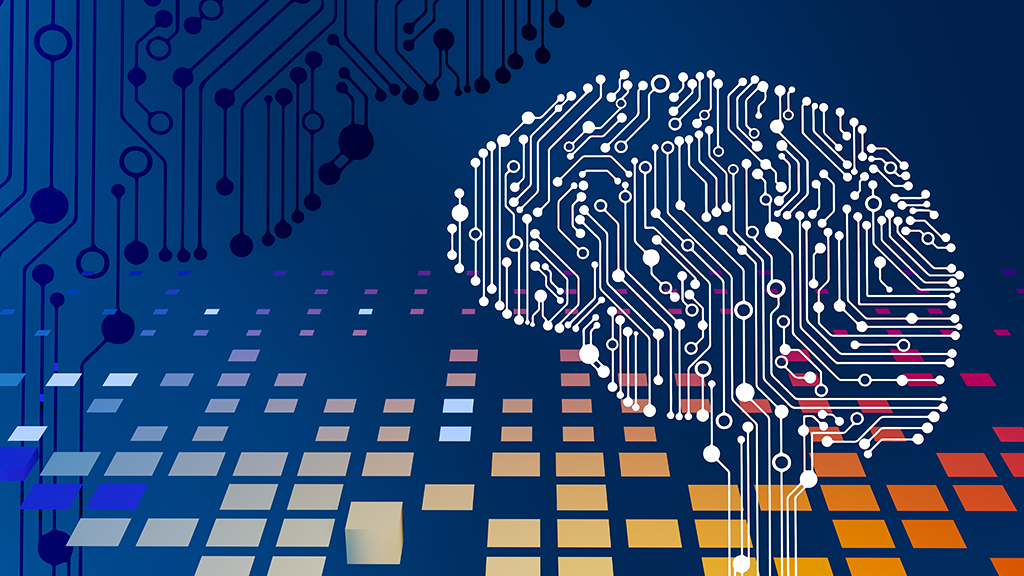In today’s ever-evolving digital landscape, the convergence of edge computing and artificial intelligence (AI) has given birth to a groundbreaking technology known as Edge AI. This innovative approach combines the power of localized data processing with advanced AI algorithms, transforming the way we analyze and utilize data. Edge AI data centers, at the forefront of this technological revolution, are poised to steer the future of data-driven dynamics.
But as we delve into the realm of Edge AI, profound questions arise that demand our attention:
- What ethical considerations should we take into account when deploying Edge AI in areas such as healthcare and surveillance, where sensitive data and privacy are at stake?
- How can we ensure that the benefits of Edge AI, such as reduced latency and enhanced security, are accessible to all segments of society, bridging the digital divide?
- In a world increasingly reliant on AI-powered decision-making, how do we maintain transparency and accountability in algorithmic processes?
- What role will governments and regulatory bodies play in shaping the future of Edge AI, especially concerning data governance and security standards?
- As Edge AI becomes more integrated into our daily lives, how can we strike a balance between technological convenience and safeguarding personal autonomy?
Understanding Edge AI
Edge AI represents the fusion of edge computing and AI, where devices are empowered to perform data analysis locally instead of relying on centralized servers. This decentralized approach brings data processing closer to the source, enabling real-time decision-making and reducing latency. By integrating AI algorithms directly into edge devices, data interpretation and analysis can occur on-site, opening up new possibilities for efficient and intelligent data processing.
Differentiating Edge AI from Traditional Edge Computing
While edge computing decentralizes data processing, Edge AI takes it a step further by incorporating AI capabilities for on-site data interpretation. Traditional edge devices primarily act as conduits for data, facilitating storage and transmission. However, with the integration of AI algorithms, Edge AI devices evolve into intelligent data interpreters, capable of extracting valuable insights and making informed decisions at the edge.
The Case for Edge AI
The explosive growth of the Internet of Things (IoT) and the increasing need for real-time data insights have propelled the demand for Edge AI. With an estimated 75.44 billion IoT devices expected to be deployed globally by 2025, the volume of data generated requires expedited local processing.
Benefits of Edge AI Data Centers
Edge AI data centers offer numerous advantages over traditional centralized data processing:
Swift Response
By enabling local data processing, Edge AI significantly reduces latency compared to centralized modes. Latency can be slashed from around 100 milliseconds to a mere 10 milliseconds, ensuring rapid response times for critical applications.
Key Advantage: Edge AI can reduce latency from an average of 100 milliseconds to an impressive 10 milliseconds, ensuring rapid response times for critical applications.
Bandwidth Conservation
The integration of Edge AI leads to more efficient data utilization, resulting in a projected 10% reduction in global IP traffic. This highlights the efficiency of localized data processing, minimizing the need to transmit large volumes of data to centralized servers and conserving bandwidth resources.
Key Benefit: Edge AI is expected to reduce global IP traffic by approximately 10%, showcasing its efficiency in conserving network bandwidth.
Security Augmentation
In an era of increasing data breaches and security concerns, Edge AI provides enhanced security measures. By processing data locally, sensitive information is minimized, reducing the risk of exposure during transmission and fortifying overall security.
Security Enhancement: Edge AI enhances data security by minimizing the transmission of sensitive information, reducing exposure to potential breaches.
Energy Efficiency
Edge AI data centers, due to their localized processing, are estimated to reduce energy consumption by up to 30% compared to traditional centralized data centers. This significant energy-saving potential makes Edge AI an environmentally responsible choice.
Sustainability Impact: Edge AI data centers can reduce energy consumption by up to 30%, contributing significantly to sustainability efforts in the technology sector.
Challenges Ahead
While Edge AI presents numerous opportunities, several challenges must be addressed for widespread adoption:
Hardware Hurdles
The proliferation of edge devices is accompanied by resource limitations, posing challenges for AI-driven operations. Meeting the computational demands of Edge AI in the face of growing edge device numbers requires the development of powerful and efficient hardware.
Resource Challenge: Meeting the computational demands of Edge AI in the face of growing edge device numbers requires the development of powerful and efficient hardware.
Device Disparity
As the number of IoT devices continues to increase, ensuring synchronized performance across a diverse range of devices becomes essential. Interoperability and standardization efforts are necessary to overcome this challenge.
Interoperability Need: Achieving interoperability and standardization is crucial to ensuring that Edge AI functions seamlessly across a wide range of IoT devices.

HPE Diversity Startup program
The HPE Diversity Startup program wants to support the growth of women and minority founders to get started and accelerate the growth and thrive in the digital age. This HPE force for good program provides complementary cloud services vouchers to eligible companies with our trusted HPE GreenLake service provider partner, Alpha3 Cloud.

Real-World Applications of Edge AI
Edge AI has the potential to revolutionize various industries, enabling intelligent and efficient data processing. Some notable applications include:
Healthcare
Edge AI is poised to transform healthcare by enabling real-time health monitoring and analysis.
Healthcare Advancement: Edge AI in healthcare enables real-time health monitoring and analysis, exemplified by devices like the Apple Watch, capable of analyzing ECG data on the fly.
Smart Cities
Urban centers are evolving into smarter entities, leveraging Edge AI for instantaneous decision-making.
Urban Efficiency: Edge AI contributes to smarter cities by optimizing resource allocation and improving efficiency in areas like traffic management and energy conservation.
Retail Evaluation
Retail spaces are leveraging Edge AI to provide personalized shopper experiences.
Retail Transformation: Edge AI is transforming retail by enabling personalized shopper experiences and optimizing inventory management.
Agriculture Revolution
In the agricultural sector, Edge AI is empowering farmers with real-time data analytics, enabling precision farming techniques. By analyzing data from sensors placed in fields, farmers can make informed decisions about irrigation, pest control, and crop management.
Agriculture Enhancement: Edge AI is revolutionizing agriculture by providing real-time data analytics for precision farming, optimizing resource usage, and increasing crop yields.
Future Projections for Edge AI Data Centers
The future of Edge AI data centers is promising, with several key trends and developments on the horizon:
5G Synergy
The advent of 5G technology will augment Edge AI capabilities by enabling faster data transmission and richer on-device processing. The combination of 5G and Edge AI will unlock new possibilities for real-time applications and immersive experiences.
5G Acceleration: The synergy between 5G and Edge AI will usher in new possibilities for real-time applications, leveraging faster data transmission and on-device processing.
Decentralization Dominance
The future may witness a shift from mammoth centralized data centers to a web of interconnected Edge AI hubs. This decentralized approach will ensure faster data processing, lower latency, and improved scalability.
Decentralized Future: The shift toward interconnected Edge AI hubs will enhance data processing speed, reduce latency, and enhance scalability.
AI Powered IoT
As AI becomes integral to IoT devices, we can expect homes, cars, and even cities to become “thinking” entities.
IoT Evolution: Edge AI will drive the integration of AI capabilities into everyday objects, creating interconnected and intelligent environments.
Sustainability
With traditional data centers accounting for a significant portion of global electricity consumption, the decentralization and optimization of data processing through Edge AI will be crucial for a sustainable technology future.
Sustainable Transformation: Edge AI data centers have the potential to significantly reduce energy consumption and electronic waste, contributing to a more sustainable technology future.
These profound questions and the potential they represent underscore the importance of our exploration into Edge AI. As we navigate this transformative journey, it is clear that the future will be interconnected, cognizant, and empowered by the limitless potential of Edge AI. This technology not only enhances our capabilities but also contributes to a more sustainable and secure digital future.
Subscribe to my Newsletter
Subscribe now for exclusive insights, expert perspectives, and a front-row seat to the future of tech. Join us as we explore emerging technologies and dive into the limitless possibilities of tomorrow.


